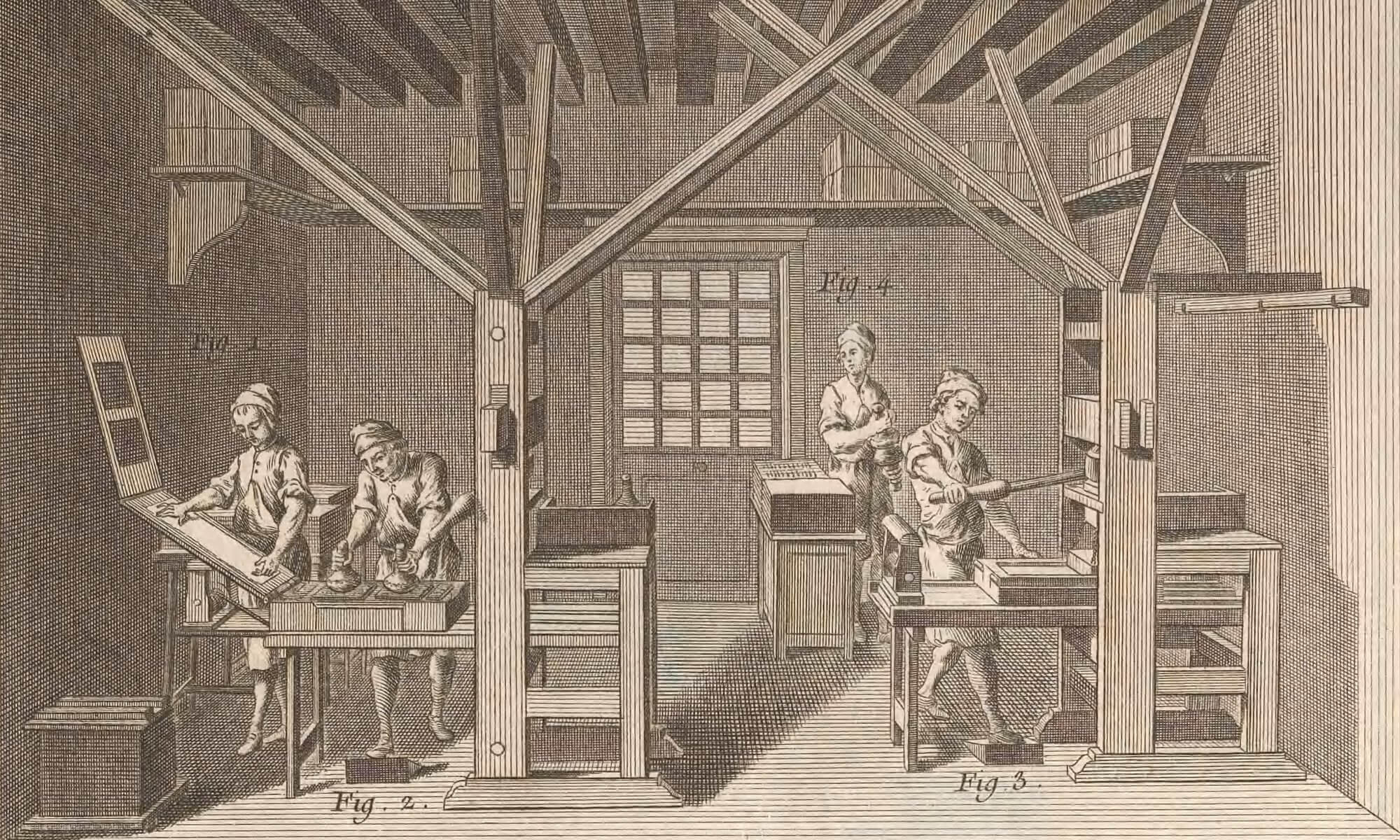Nostradamus, An almanach, 1562 (fol. 1r)

Nostradamus, An almanach, 1562 (fol. 1v)
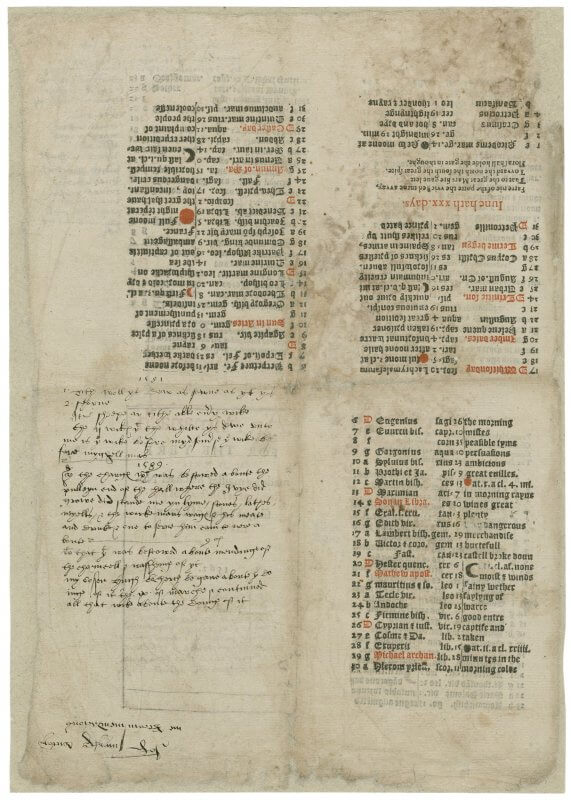
Nostradamus, An almanach, 1562 (fol. 2r)

Nostradamus, An almanach, 1562 (fol. 2v)

Psalterium, 1499 (c1r)
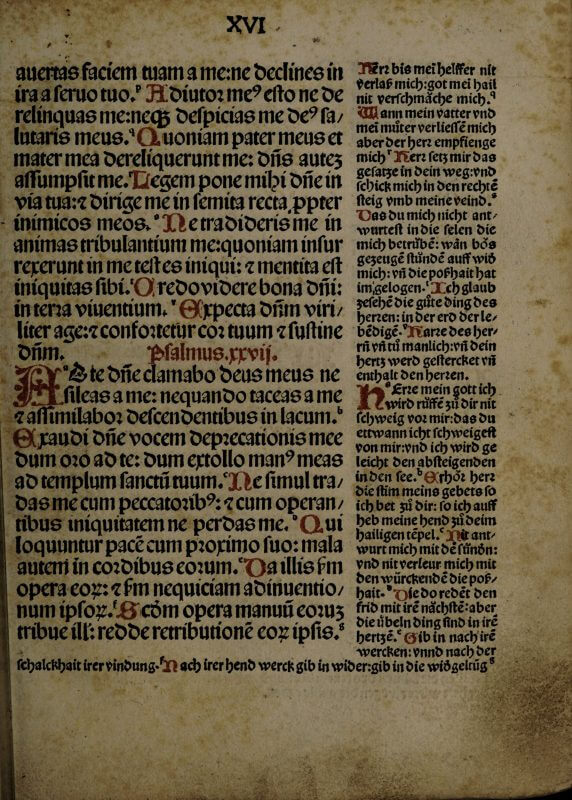
Psalterium, 1499 (o7r)
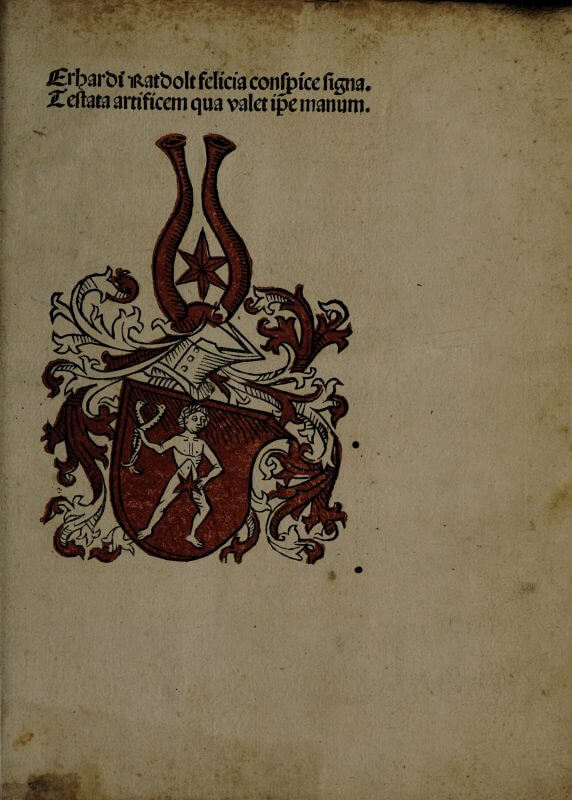
Psalterium, 1499 (π1r)
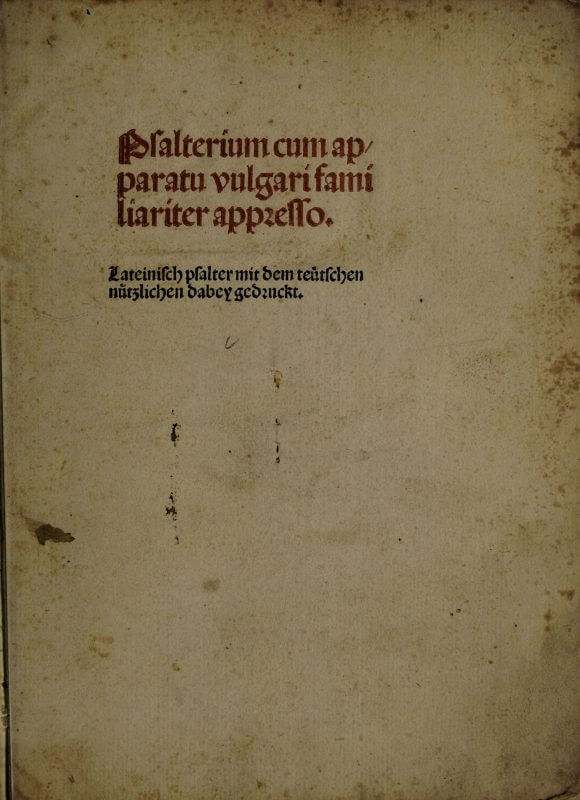
Securis, A newe almanacke, 1571 (A2v-A3r)

Securis, A newe almanacke, 1571 (A4v-A5r)
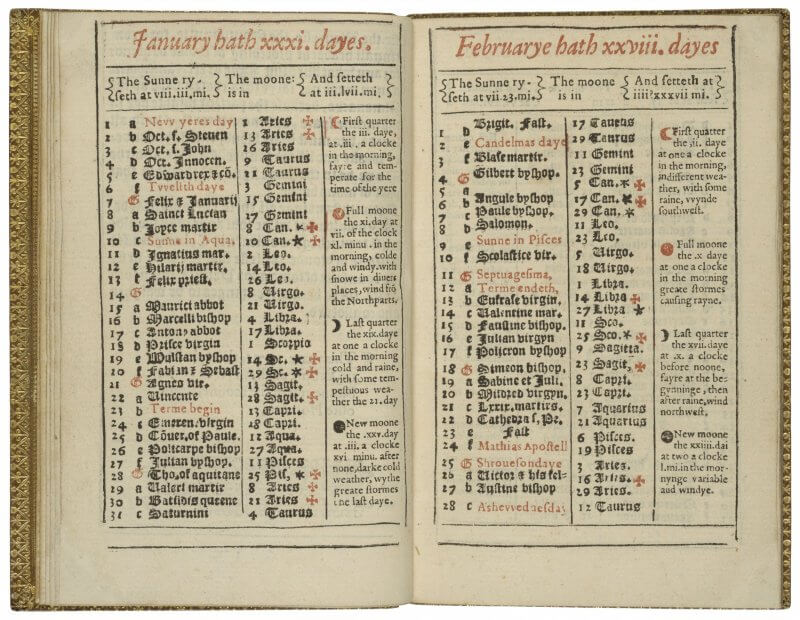
Slovacius, Allmanach, 1580

